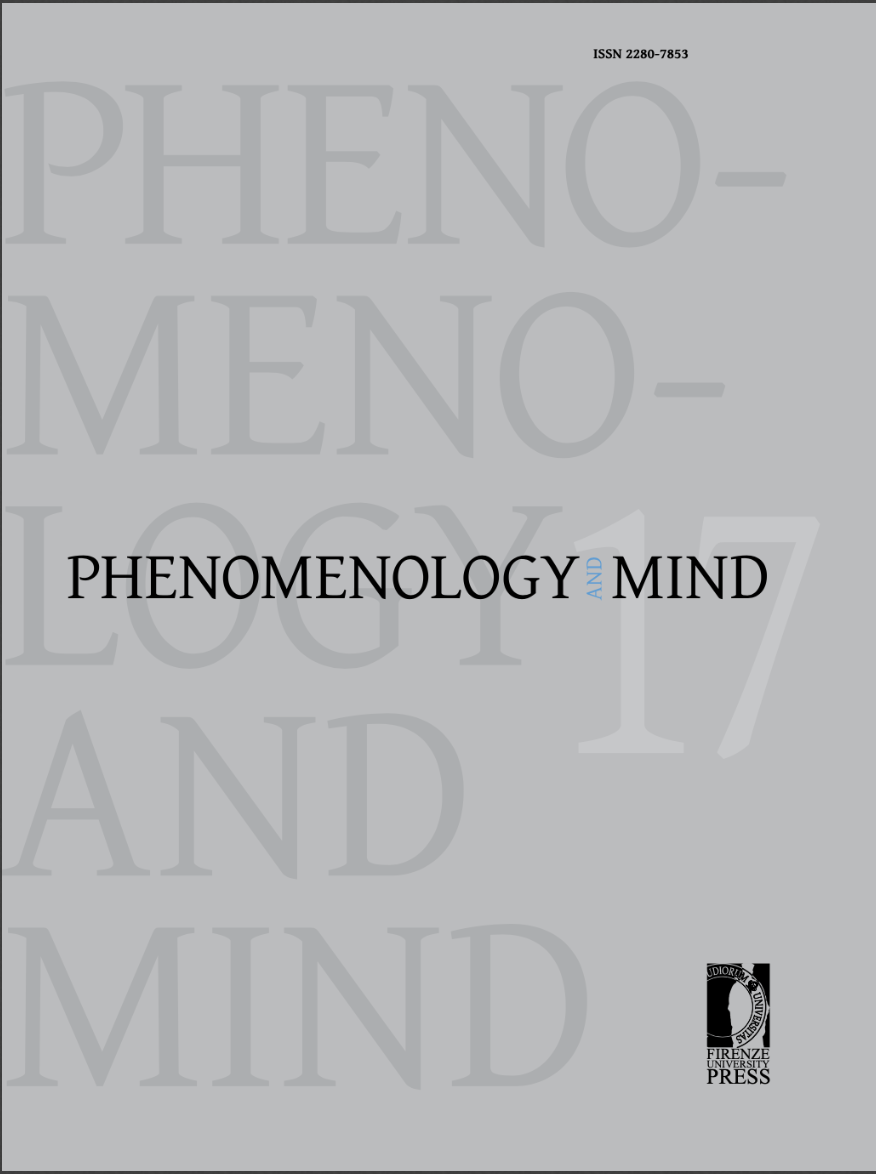Abstract
When listening to specific musical compositions in which physical space is employed with an aesthetic role, we can hear sound sources` spatial properties in the same way as we do it in the case of environmental sound sources. In this essay, I will expand the application of a model for the spatial experience of sound sources to the experience of listening to the musical sound sources of two musical compositions by the Italian composer Luigi Nono. In order to do that, I will briefly summarize how we experience sound sources` spatial properties in the case of environmental sounds; I will then mention the different kinds of physical space which we might be able to hear in the case of musical listening, and I will finally analyze Luigi Nono’s “Hay Que Caminar” Soñando (1989) for two violins and La Lontananza Nostalgica Utopica Futura (1988) for solo violin and 8-track tape to show how the model of the experience of environmental sound sources applies also to these musical cases.

